MG is a brand with a long history, and lots of it around small cars. So it is no surprise that the MG3 is an important car for them, and one they cannot afford to get wrong. And now, with a new generation just recently unveiled, MG went all-new on every front: design inside and out, tech and even powertrains, including a Hybrid offering.
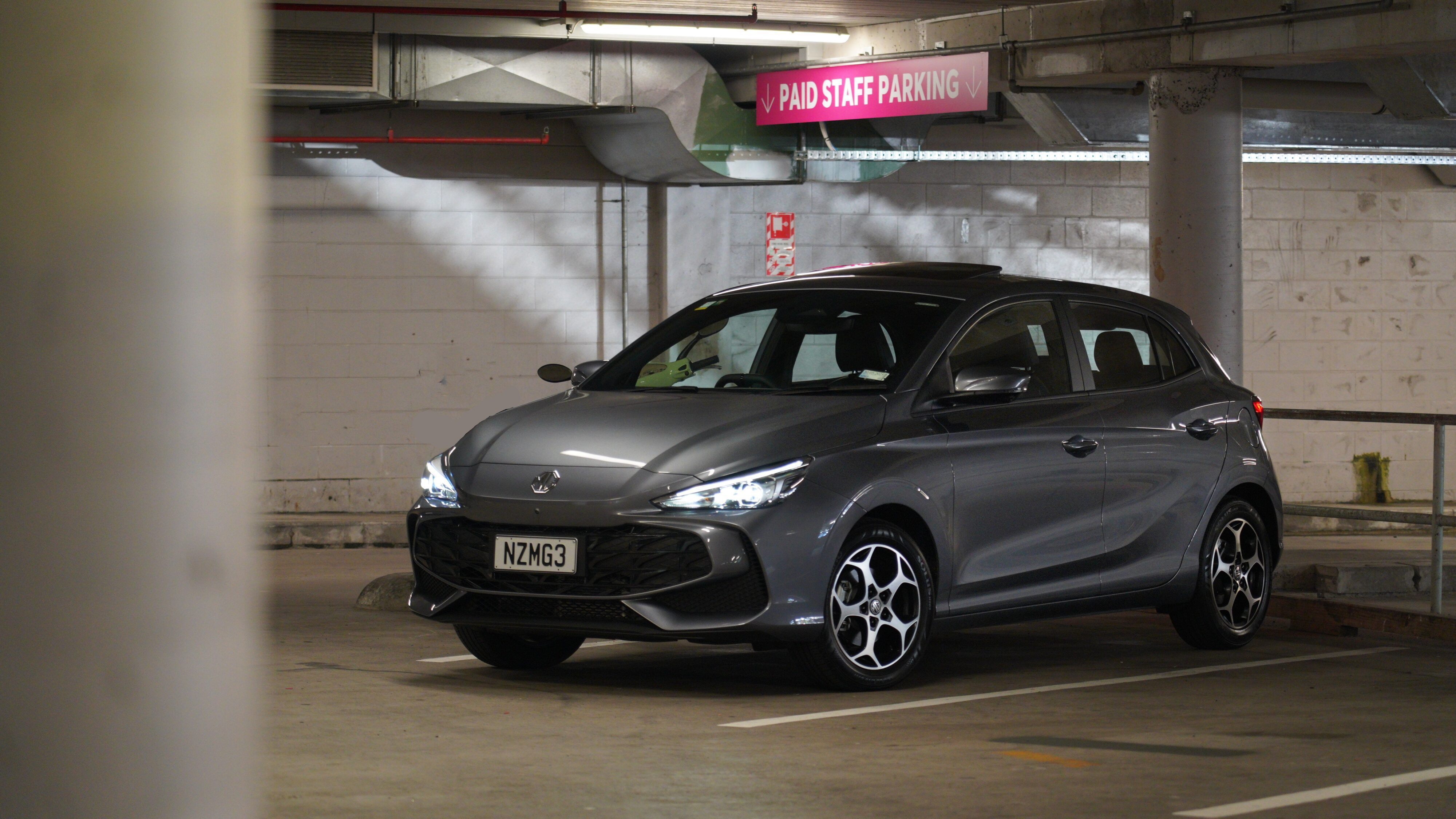
Thanks to MG New Zealand, I got the opportunity to try them back to back, and in this write-up we focus on what makes them similar, but also on what sets them apart from one another.
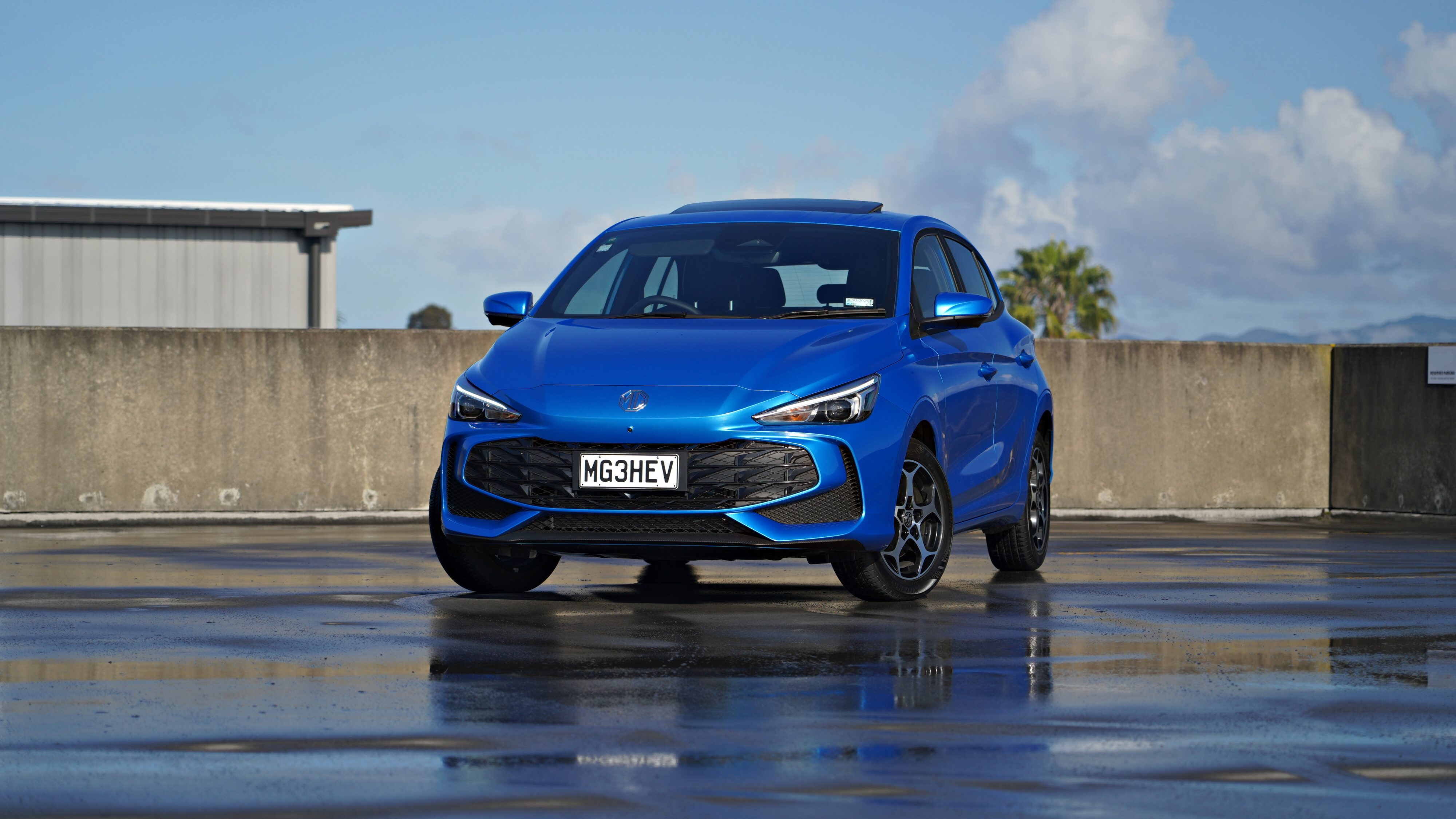
On the outside, you can still see hints of the previous generation, but it is now more modern and feels like a more substantial vehicle. The deep creases that run the length of the car make for a dynamic look, and while the front and rear fascias are slightly more generic to appeal to wider audiences, the depth added to the lights make it look more expensive and well-built. One of the biggest changes is the rounded gaping mouth, which had varied results when I consulted my friend circles. All doors are of great size, it’s easy to get in and out of and it shows that a lot of thought has been put here. Most of this can also been experienced in the interior.

Materials are mostly simple throughout the cabin, with the exception of a soft portion of the dash that makes it slightly posher, and the very soft seats. On the latter topic, now that I have had it three for three, I can say for sure: MG seats are just not for me. There is a section right where the seat meets the backrest that always gets me, making it hard to find perfect seating comfort. However, I had my wife and two friends try them out and they had zero issues, so I can also confirm this is a me issue. What isn’t specific to me, though, is the lack of telescoping adjustment to the steering wheel. Given I couldn’t pull the wheel closer to me, I had to have the seats closer to the dash than I would have liked, which is not ideal for longer drives.
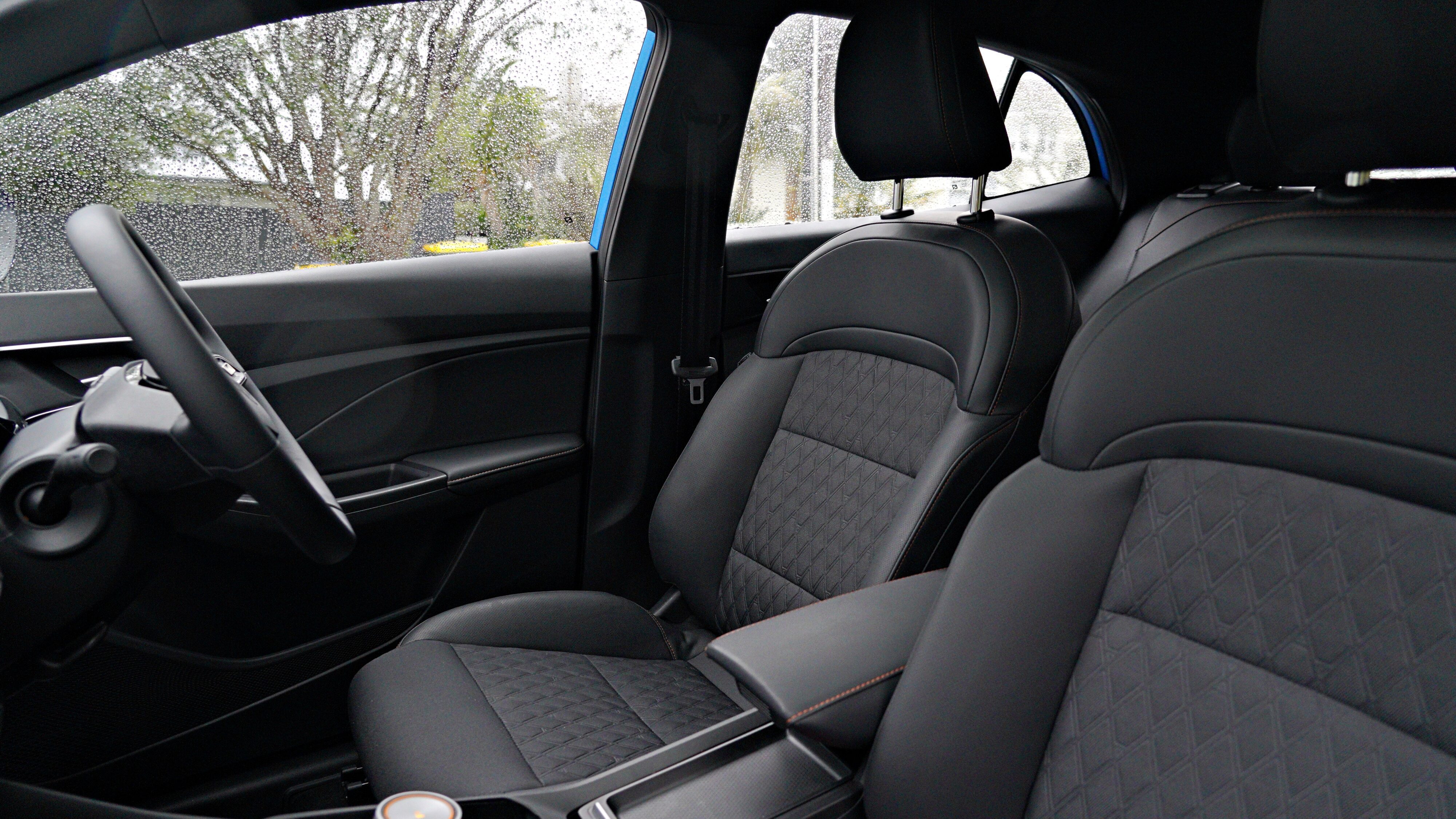
On the wheel in question, you find the two joystick controls (now familiar to MG cars) you will use to control most of the tech. And this is, by far, the best implementation in their lineup, and a leap forward. The screens are of good definition and refresh rates, are well integrated to the dashboard and are now proper snappy, reacting to inputs with no hesitation. Everything is laid out in a logical way, and what you see is what you get, without the need of too much menu jumping. The 360 camera will put cars 7 times its price to shame, and is extremely helpful when placing this car anywhere, and the driving assistance suite is heavily improved as well: adaptive cruise can handle the stop and go of traffic with more comfort, and lane keeping, while intrusive, is very assertive and can be helpful in many situations.
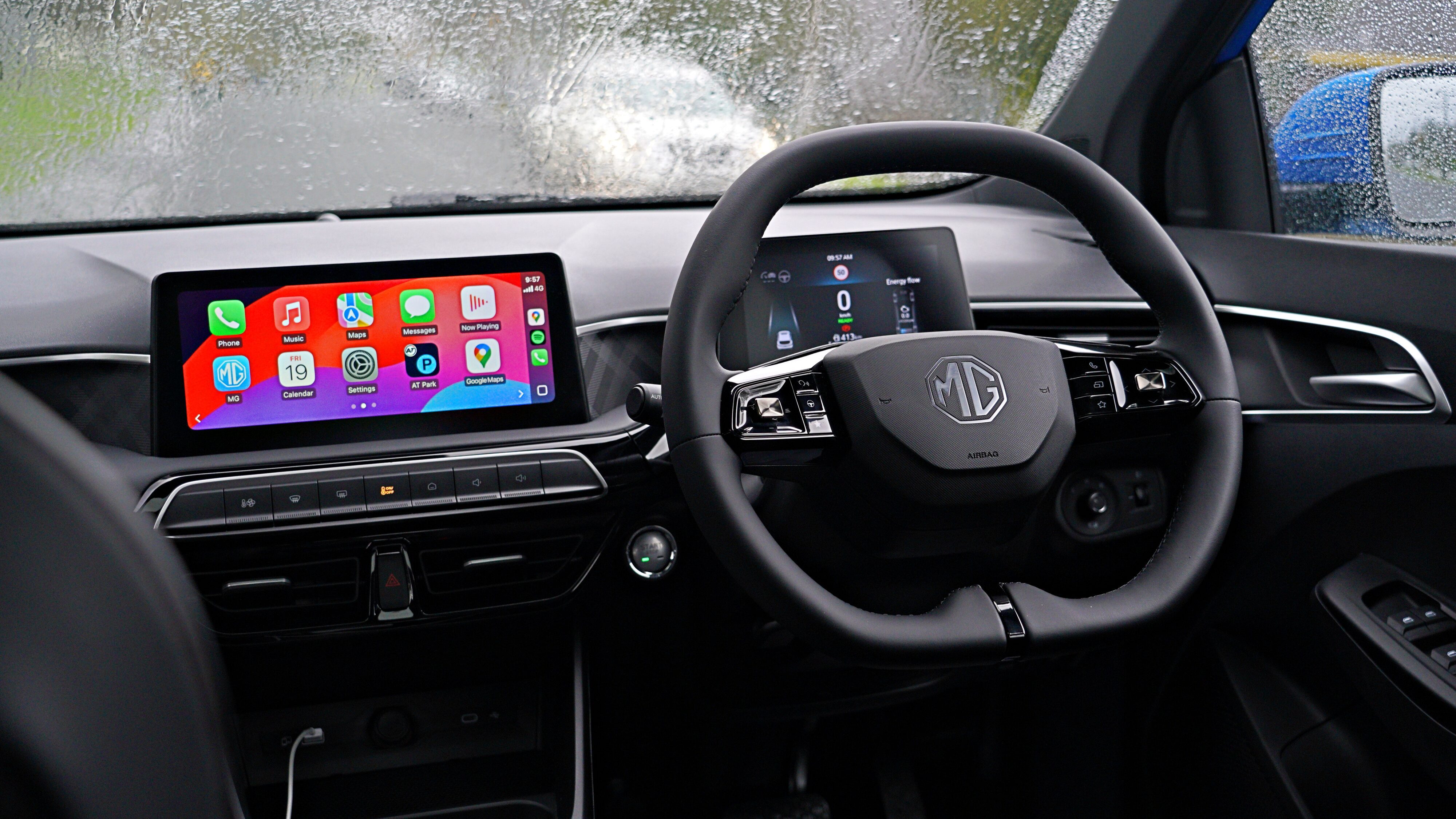
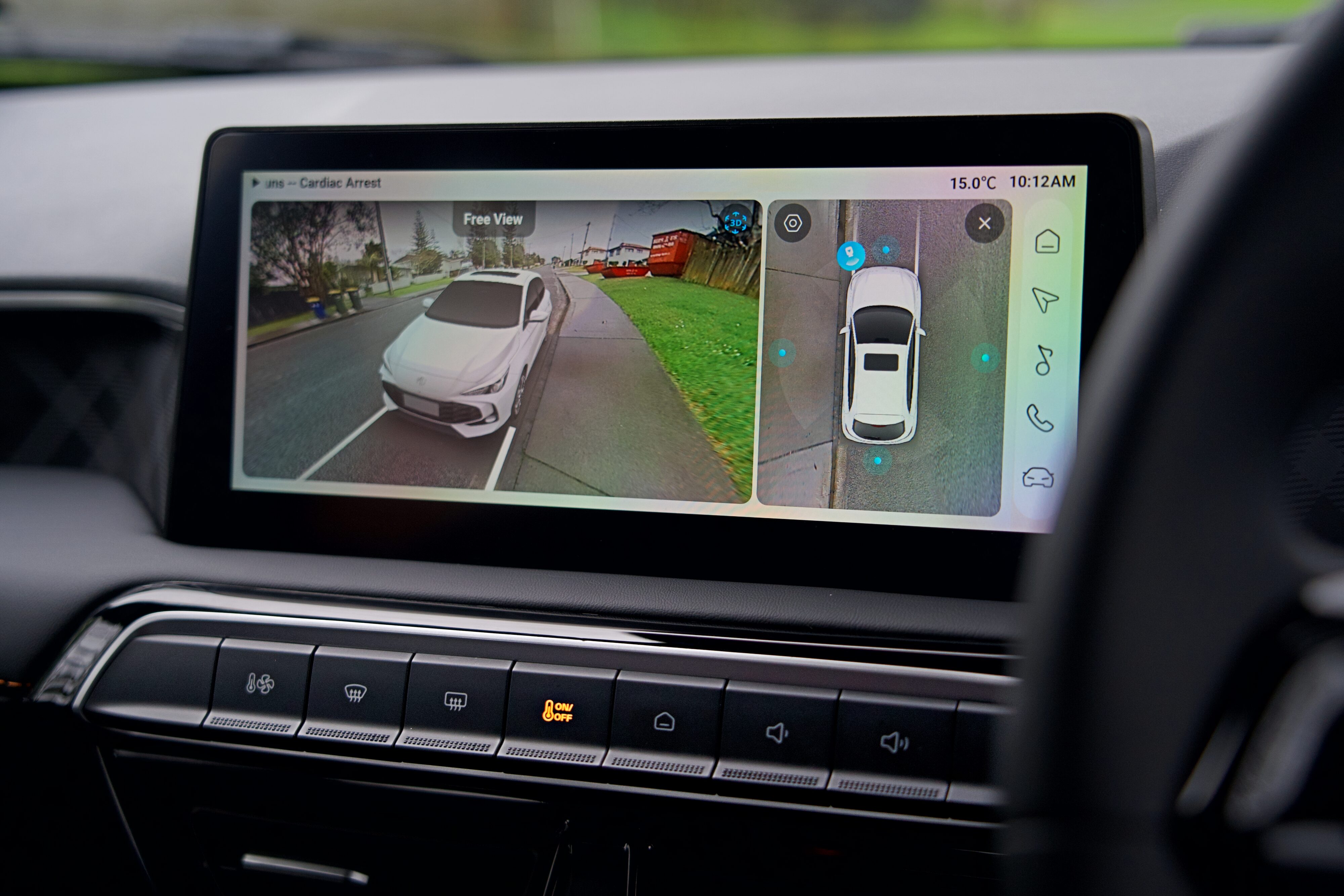
One small gripe, though, is that when running the (wired only) CarPlay connection, the air conditioning and quick-access settings become inaccessible unless you actually exit CarPlay and go back to the home page with the dedicated button. It involves a bit of back and forth that could have been solved with dedicated buttons for temperature, which existed in other cars of theirs. At the back, there is a surprising level of room and convenience. Yeah, no one could possibly seat behind myself at 6”3, but people everywhere else will have enough knee and head room, rear vents, seat pockets and one USB port to fight for. The boot space of 293L is in line with the size of the car, making this an extremely usable vehicle.
The trim level in both cars I tested also included a sunroof which lets in quite a bit of light into this otherwise dark interior. It gives a more premium experience provided you have at least one window slightly open – with the four windows closed, the buffeting will pound your eardrums louder than the (actually not bad) sound system ever could.
Now, let’s talk powertrains, because here is where the majority of the differences will be found. In the combustion-only model, we have a 1.5 4cyl turbo unit, good for 81Kw of power and 142Nm of torque. This power is put down through a CVT transmission and claims combined efficiency figures of 6L/100km. If you spend the 4K NZD premium to go Hybrid+, the added electric motor brings power figures to 155kW and 425Nm, and should expect figures around 4.3L/100km. But what about how they drive?
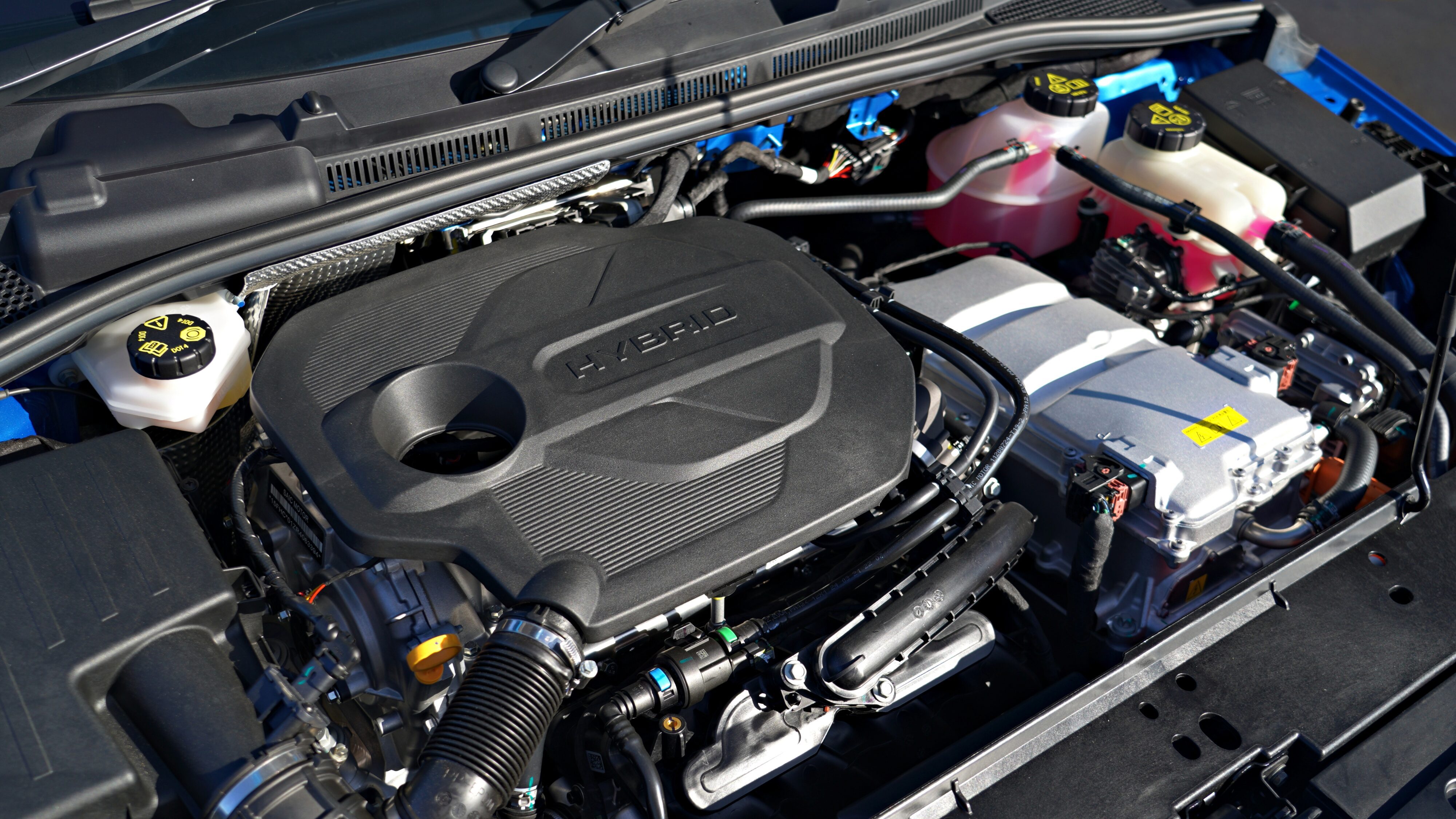
There is no way to mix one submodel for the other. When setting off on the combustion one, the engine sound makes its way into the cabin at virtually all rev ranges and speeds. It’s not a particularly inspiring sound, and depending on the load it can feel rubber band-y because of the gearbox performance. But there is enough power, and all of this fits the experience to be expected from a car in this segment.
You can flick the (physical) gear selector to the right when in Drive to access an Eco mode and a manual gear selection setting. The first is not invasive and quite helpful, and the latter is better used to engine braking more so than to build engagement.
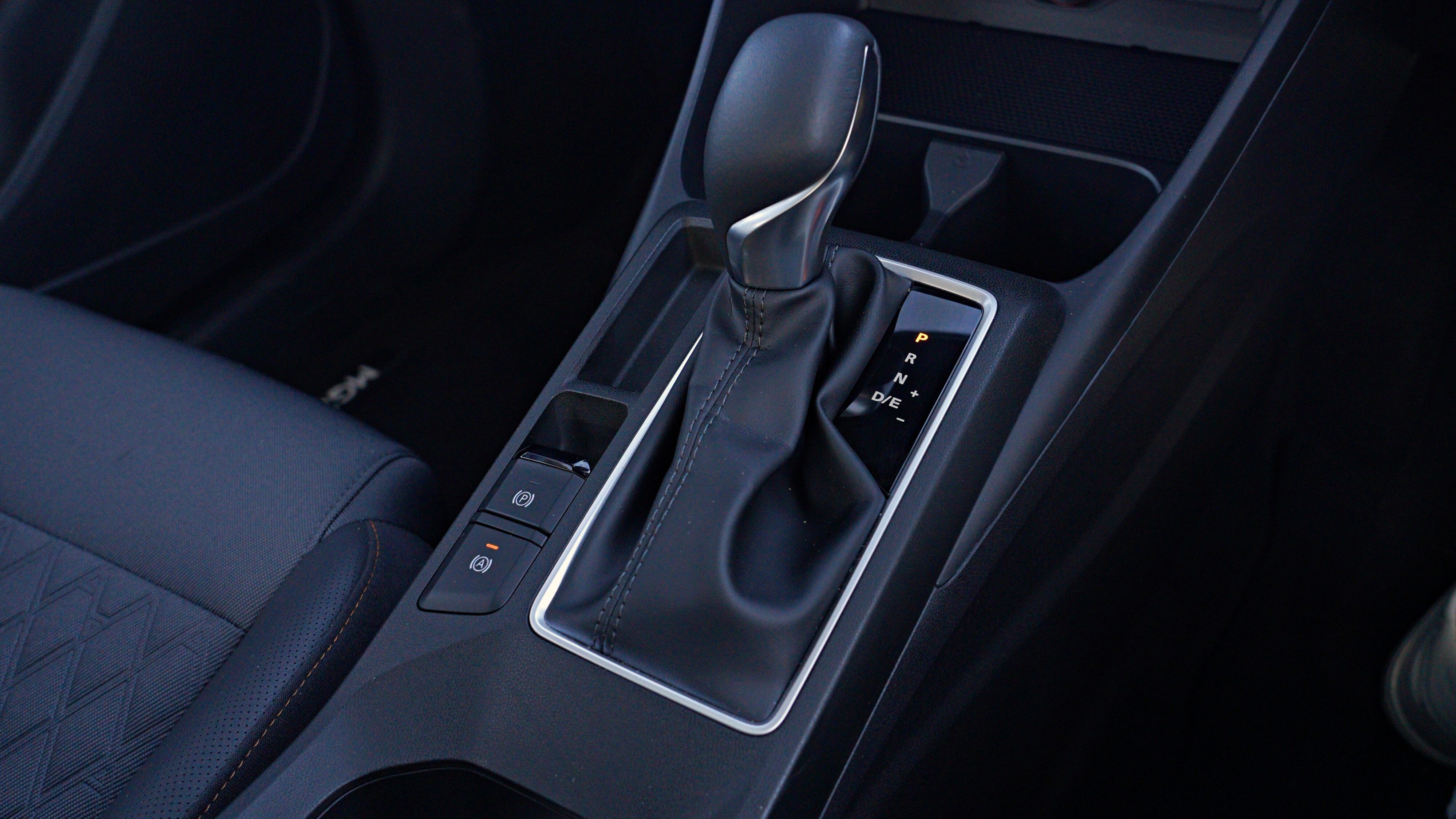
Jumping into the Hybrid+, it is clear by the end of the first block that it is a more refined drive. MG is clearly using some of its learnings from its pure EVs and applying them here: the electric motor is strong enough to have the car drive in EV-only mode in many different occasions, and drive well at that. You can toggle different regeneration settings, and when on level 3 (the highest), you can use regen alone to shave off speed. When the engine comes alive and needs time to spool up the turbo, the electric motor does some torque fill and helps to deliver a quick response. It is very perceptible and appreciated.
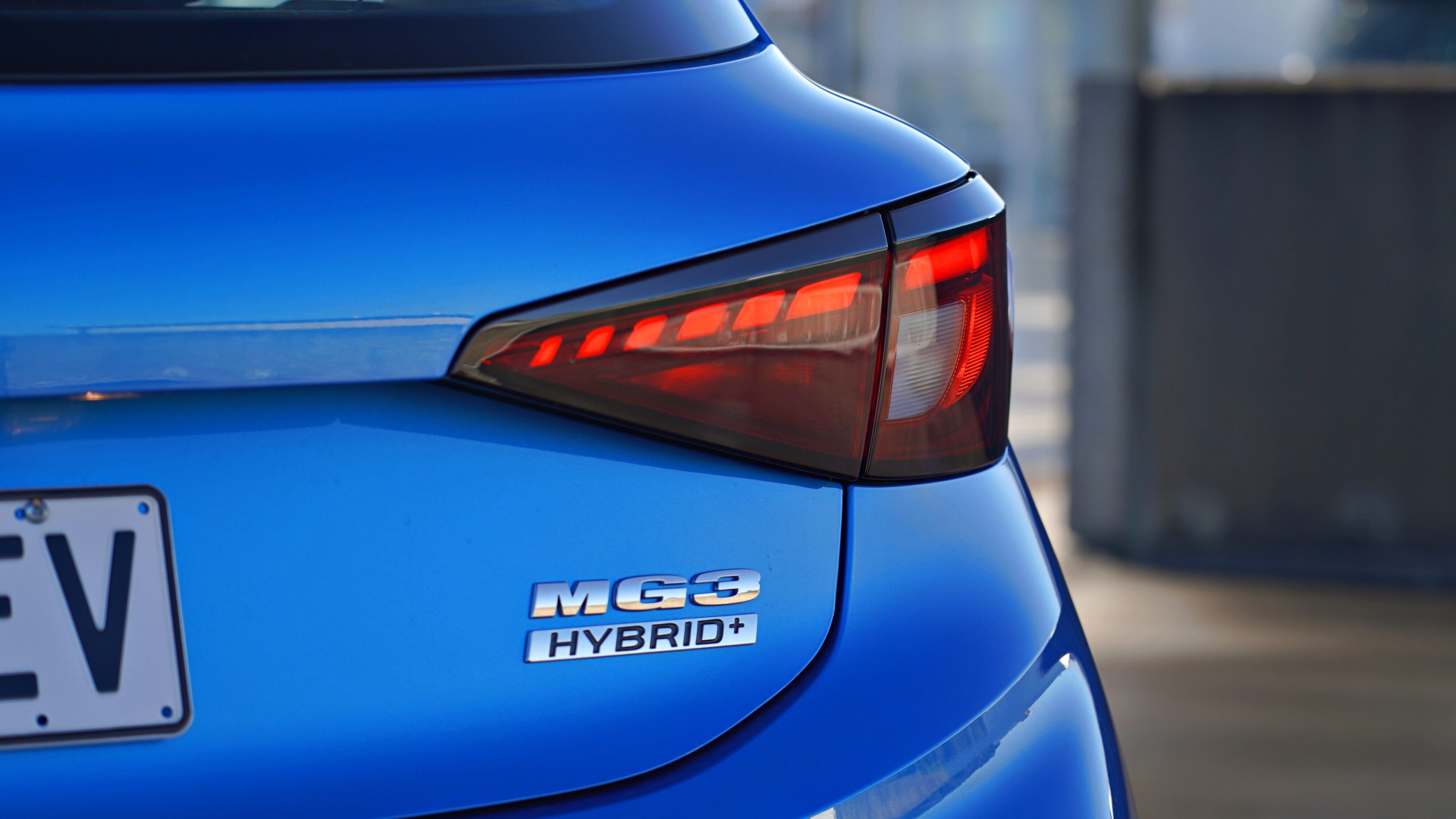
Dynamics, in usual MG fashion, are a highlight. I appreciate their composed firmness, and eagerness to handle turns. There is plenty of grip, steering is accurately weighed, and it is always predictable. I drove a combined total of 600km between the two cars, and not once did I feel them lose their composure, be it when braking harder – there is a bit of dive that does not upset the car – or when taking of with a heavier foot – power delivery is smooth and by the time you build power, there is enough traction.
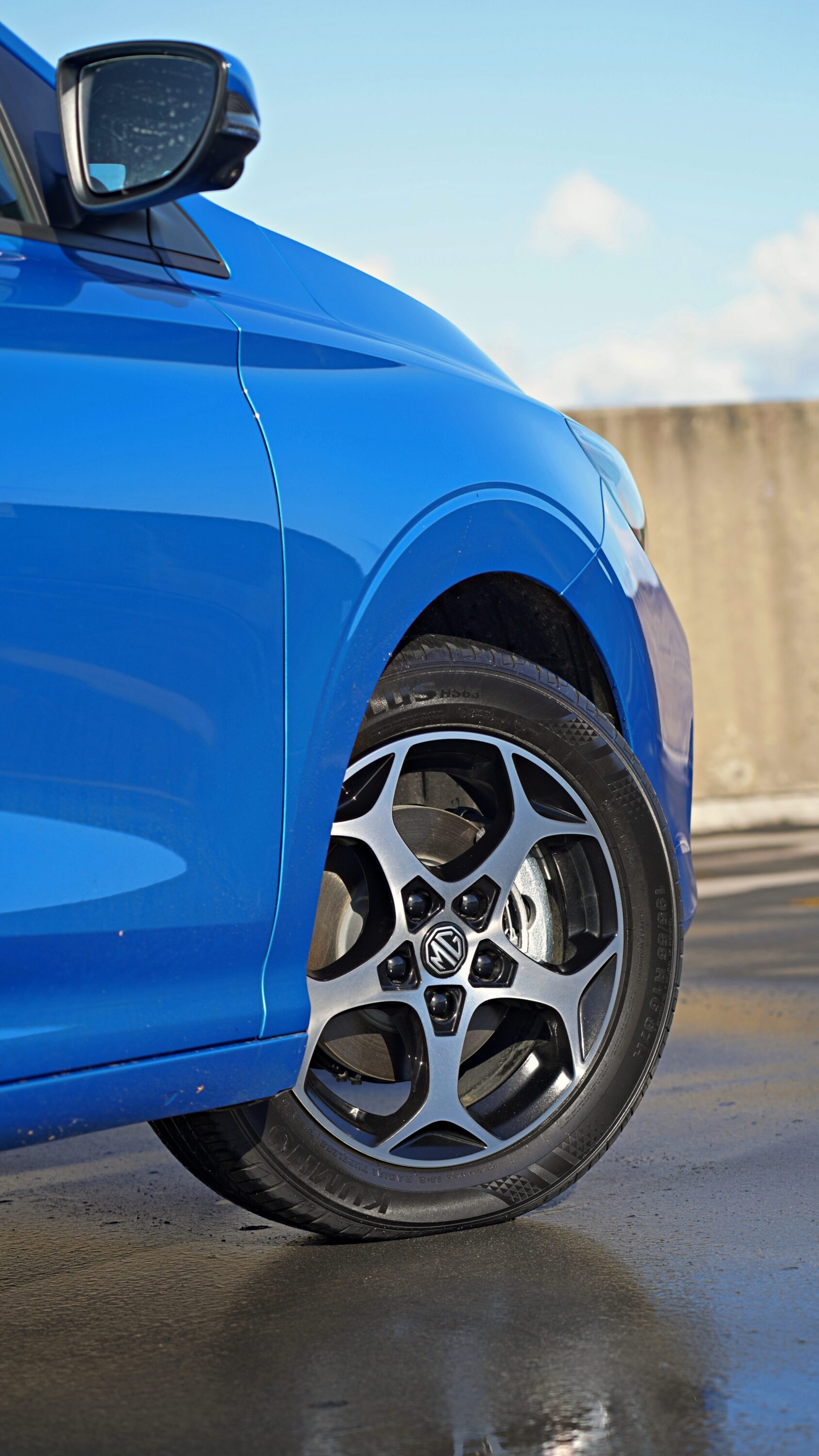
On the slower drives, the quicker response and silence of the Hybrid make it drive like a more refined and more engaging machine, all of that while being cleaner and more efficient. Over all these kilometres, the Hybrid+ clocked around 5.4L/100km, while the combustion MG3 used up 8.5L/100km. Neither figure is excellent – and they could have done way worse, I tend to drive quite efficiently – but this is not a negligible delta. If you can justify spending the extra money to get the electrified MG3, it is the pick of the pack.
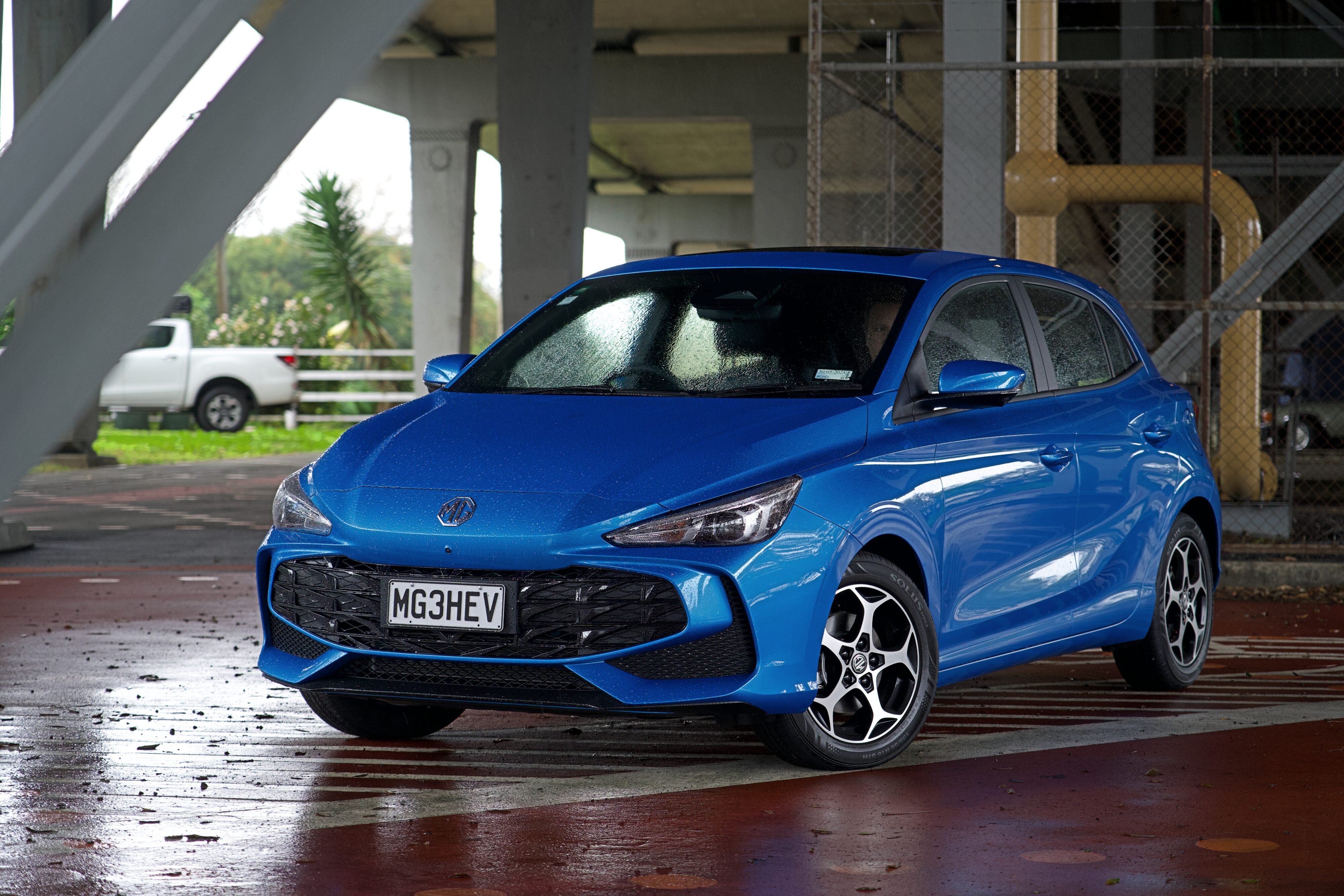
There is something to be said about small cars that are fun to drive. They have a lower barrier of entry, are up for anything and can be proper fun. In my automotive CV, I had my fair share of entry level cars, and none of them were this engaging and full of features.
In the past, I’ve described a car from MG as having bad tech, but great dynamics. For the new 3, MG managed to keep all the good things the other cars of the brand had while completing turning around the tech department. And all of that while bringing a totally new powertrain that is enriched by everything they have learned from previous models. It is the reflection of a brand that understands a segment and is working hard to keep its grasp on it.
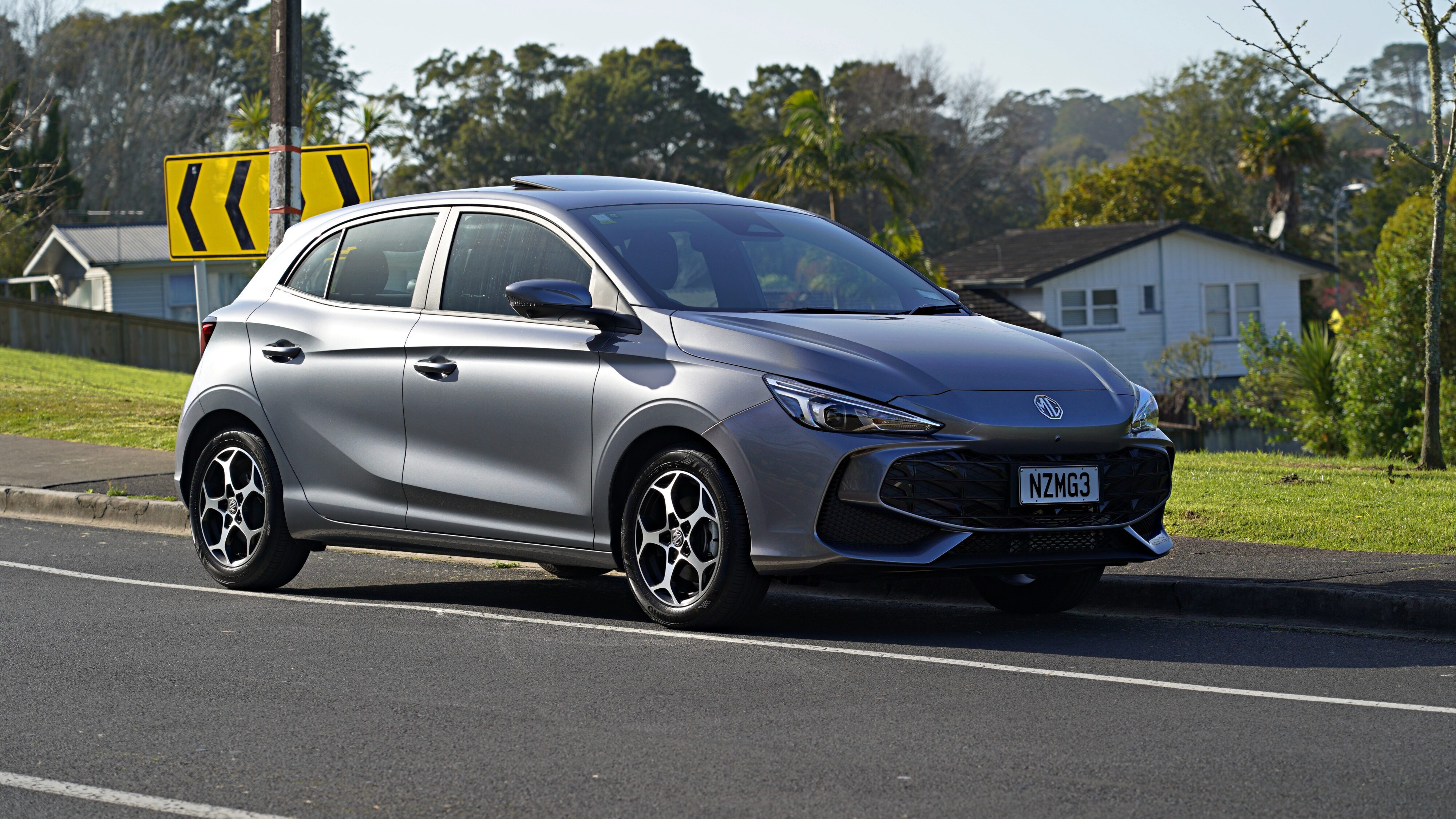
Even though the MG3’s pricing has taken a bit of a hike, it is still on the cheaper side of the spectrum and a car that should be shortlisted, even more so now that Hybrids are such a hot topic. Thanks, MG New Zealand for the opportunity, and thank you for reading!




